Chelsea suffered their second consecutive Premier League defeat as Ipswich Town secured a stunning 2-0 victory at Portman Road on Monday night.
The Blues, who have now taken just one point from their three festive fixtures, fell behind after just 12 minutes when Liam Delap converted from the penalty spot.
Enzo Maresca’s side arrived in Suffolk hoping to bounce back from their Boxing Day loss to Fulham, but instead slumped to another disappointing result.
The defeat marks Chelsea’s biggest setback of the Maresca era and leaves them languishing in fourth place in the Premier League table.

Ipswich claimed an incredible win over Chelsea with help from a fine Omari Hutchinson goal
Reuters
The visitors dominated possession with 76 per cent of the ball but struggled to make their control count against a determined Ipswich side seeking their first home win of the season.
Filip Jorgensen, making just his second Premier League start, brought down Delap in the area to concede the early penalty.
The Danish goalkeeper guessed the right way but could not prevent Delap’s emphatic finish into the bottom left corner.
Chelsea responded well to falling behind, with Cole Palmer striking both the post and crossbar before the interval.
Joao Felix thought he had equalised when he found the net, but his effort was ruled out for offside following a lengthy VAR review.
The Blues continued to create chances, with Christopher Nkunku sending a rebound straight at Christian Walton after Palmer’s free-kick had struck the woodwork.
Marc Cucurella and Moises Caicedo also went close as Chelsea dominated proceedings but failed to find a breakthrough before half-time.
Against the run of play, Ipswich doubled their lead eight minutes after the break through former Chelsea player Omari Hutchinson.
The goal came after Axel Disasi made a costly error, giving away possession to Delap near the halfway line.
Delap drove towards the Chelsea box before setting up Hutchinson, who neatly worked space to fire a low strike past Jorgensen.
Hutchinson showed no hesitation in celebrating against his former club, marking the moment with a series of backflips.
The goal was particularly painful for Chelsea, who had sold Hutchinson to Ipswich in a permanent deal during the summer transfer window.
It proved to be a decisive moment as the hosts grew in confidence with their two-goal cushion.
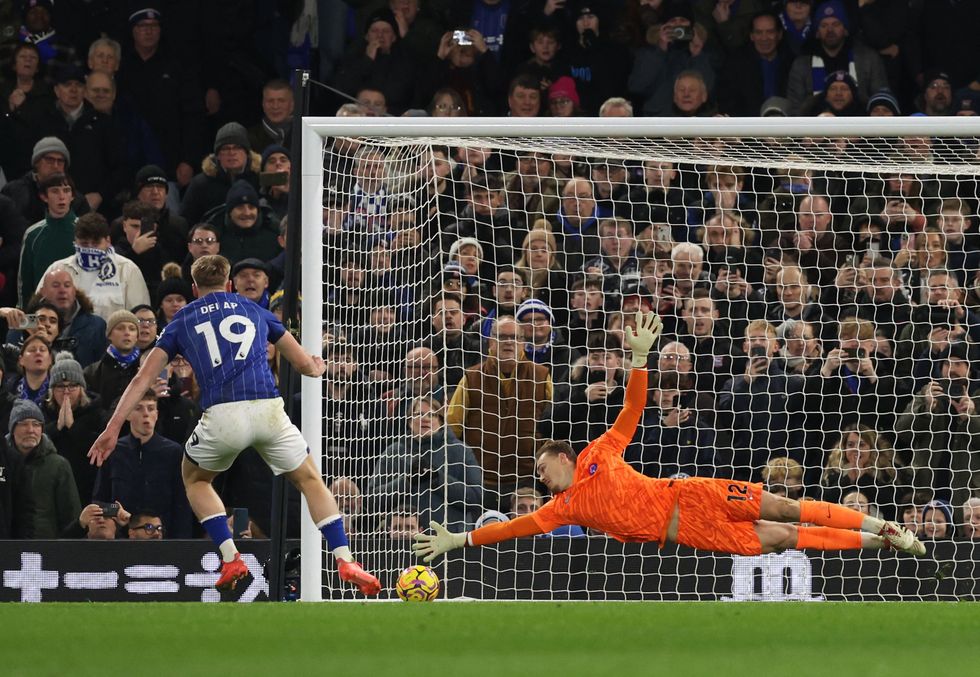
Liam Delap opened the scoring from the penalty spot
Reuters
Chelsea turned to their bench in search of a response, with Nicolas Jackson replacing the ineffective Joao Felix after 55 minutes.
Jadon Sancho and Pedro Neto were also introduced as Maresca attempted to spark a comeback.
However, Ipswich remained resolute in defence, with Christian Walton preserving his clean sheet as the hosts saw out the game comfortably.
The Tractor Boys even threatened to extend their lead, with Nathan Broadhead and Delap going close to adding a third goal.
Chelsea’s frustration showed in the closing stages, with the players appearing more eager to argue than mount serious attacks.

Axel Disasi made a huge error to allow Ipswich to score a second
Reuters
Jackson poked wide late on, though he was flagged offside anyway in what summed up a disappointing evening for the visitors.
The defeat leaves Chelsea 10 points behind Premier League leaders Liverpool, who also have a game in hand.
The Blues’ festive period has yielded just one point from three matches, following a goalless draw at Everton and the Boxing Day defeat to Fulham.
Chelsea remain in fourth place but could see Arsenal increase their advantage to four points when they face Brentford on Wednesday.
The result marks a significant blow to any title aspirations, with Maresca’s side now facing a substantial gap to make up in the new year.

Ipswich outfought Chelsea throughout the contest
Reuters
Chelsea will attempt to end their three-game winless run when they travel to Crystal Palace on Saturday.
For Ipswich, the victory moves them to within one point of safety and marks their first Premier League home win in over 20 years.


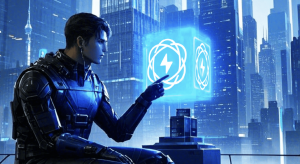













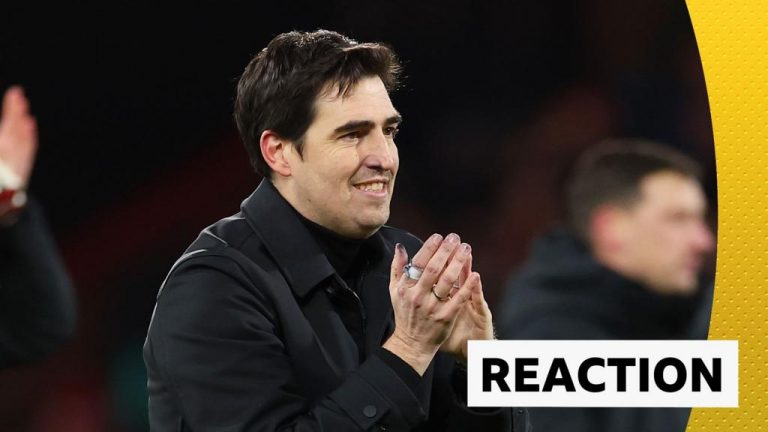
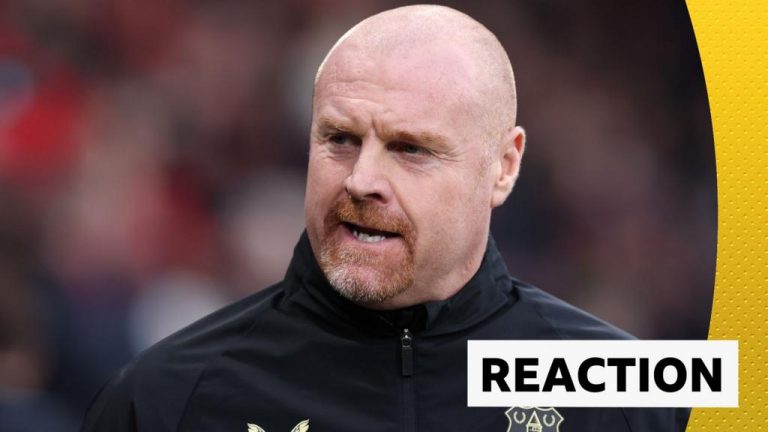
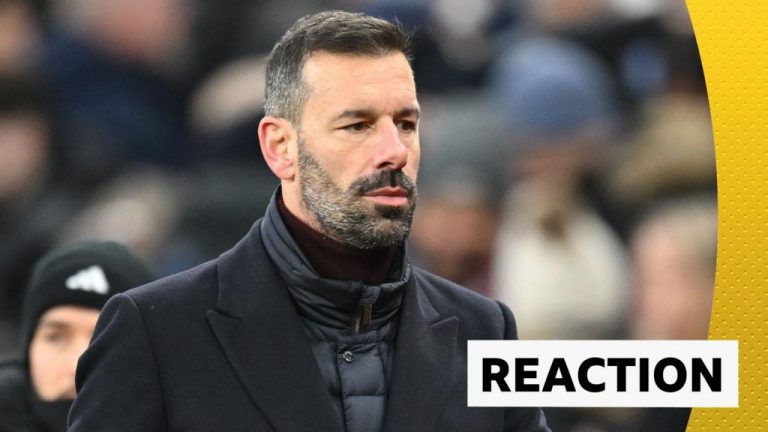

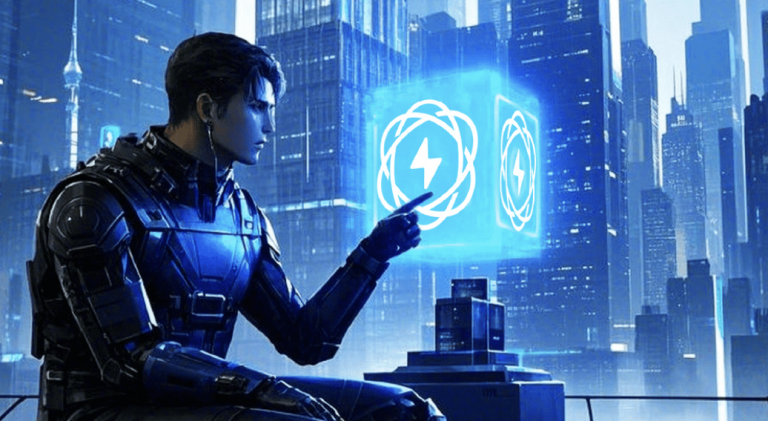



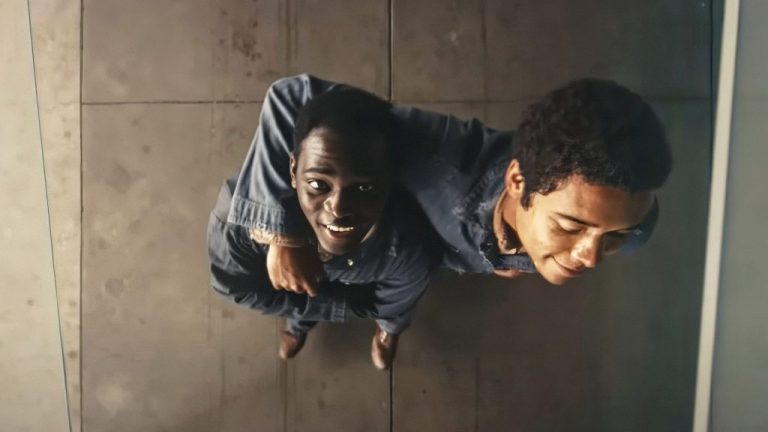


+ There are no comments
Add yours